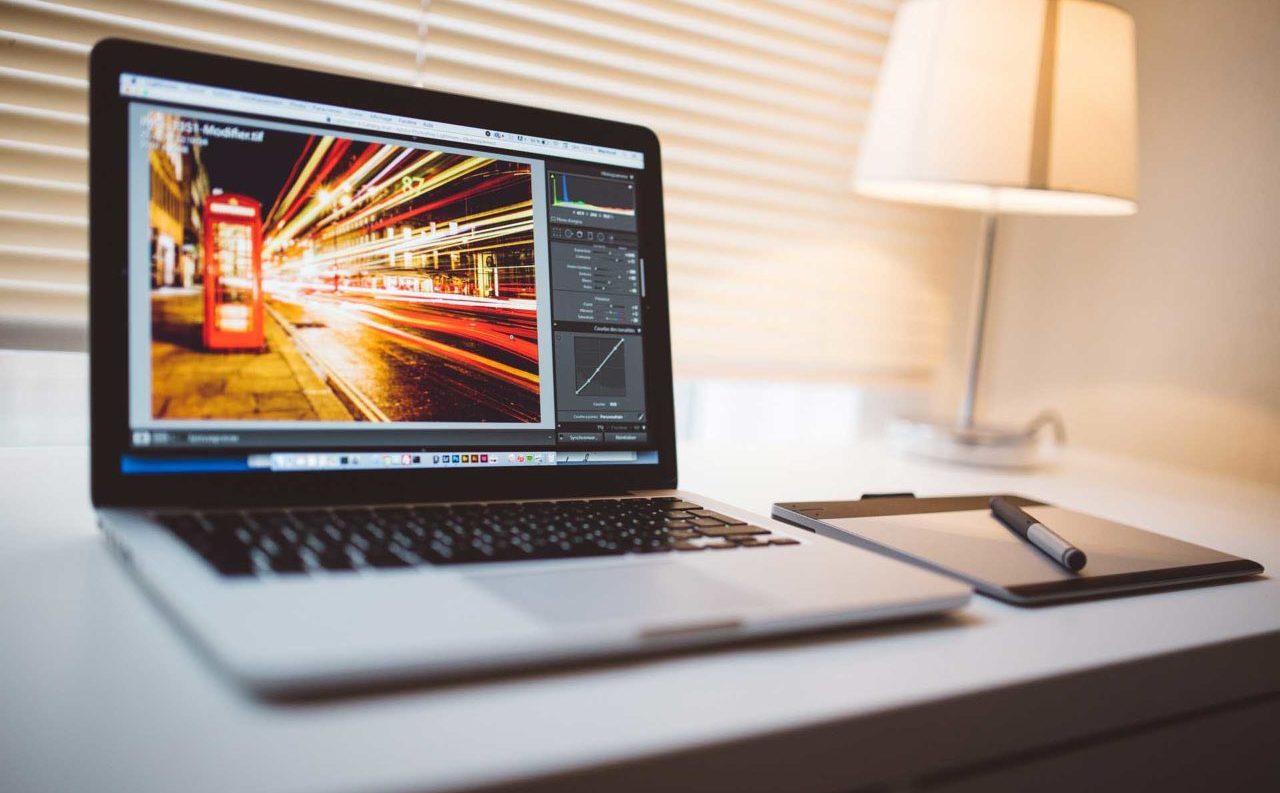The question of how to preserve photos has been asked by photographers since the early days of photography, and it’s taken on new importance in the digital age. Just how long will digital photos last?
While we all could see what happens to prints over time, the answer to what happens to digital images is less clear. A digital photo won’t degrade over time like film negatives. They can be stored in multiple locations. But will these file formats we use today still be viable in the future?
In this tutorial we take a look at how long your digital photos will last by looking at some of their potential problems and what you can do to future-proof your archive.
Problems with digital photos
Technology has a short shelf life these days, and as the computers, phones and software you use as part of your image editing and storage workflow become redundant you need to move your image archive along with the times.
It’s important to transfer all your photos across as you update your equipment to avoid leaving them behind and losing them as technology progresses.
Of course, moving your files increases the risk of losing your pictures over time. Image files can become corrupted as they are moved around, and file formats may become redundant.
This brings us to raw files. Most photographers save their images as raw files, but there are serious questions about the future of this format. This is because there is no single raw format used across all the different camera brands and software.
A Nikon camera, for instance, produces .NEF raw files, while Canon produces .CR2 files. And other manufacturers, too, have their own bespoke file format.
Most photo editing software adds support for these file formats, but the concern is that many raw files may become inaccessible in the future. What happens, for instance, if a manufacturer goes out of business?
Or take Samsung as an example. Samsung pulled out of the imaging business a few years ago, but plenty of people used Samsung cameras. I used a Samsung GX10 for many years. In 20 years, should I expect my photo editing software provider to support a raw file format no one has used for 25 years?
Abandoned raw formats will almost certainly be dropped from new software, making it impossible for photographers like me to open my old raw files.
[contentcards url=”https://camerajabber.com/much-photo-storage-really-need/”]
What can I do to future-proof my digital photos?
You can give your photos the best chance of survival by using a quality memory card!
If you have a large memory card, make sure you frequently download the images saved here. Memory cards can often become corrupt, or can corrupt individual images. Your camera could also be stolen along with a memory card full of photos.
A good way to back-up photos from your memory cards is to regularly upload your images to a cloud storage platform. Dropbox, Flickr and Google Photos are commonly used options.
When editing images, remember not to overwrite the original file, as you won’t be able to recover it. Overwriting the file will also erase an image’s EXIF data. Instead, remember to save your edited image as a new file, as well as saving the original.
Consider what format you save your images in. Open source software that decodes raw files may offer a solution to raw images that could otherwise be inaccessible. Saving your images as DNG files has also been suggested as an alternative file for future-proofing by Planning for US Library of Congress Collections.
Make sure you always keep a backup of your images, and preferably more than one! Back your images up on an external hard drive frequently, and remember to check your hard drive for errors to minimise the risk of it crashing and losing your files. You could also consider using an online backup service and upload your files to a server.
So the answer to the question of how long will digital photos last is, potentially, forever, provided you take the necessary precautions to preserve and protect your files.
[contentcards url=”https://camerajabber.com/6-tips-recovering-restoring-digital-photos/”]



